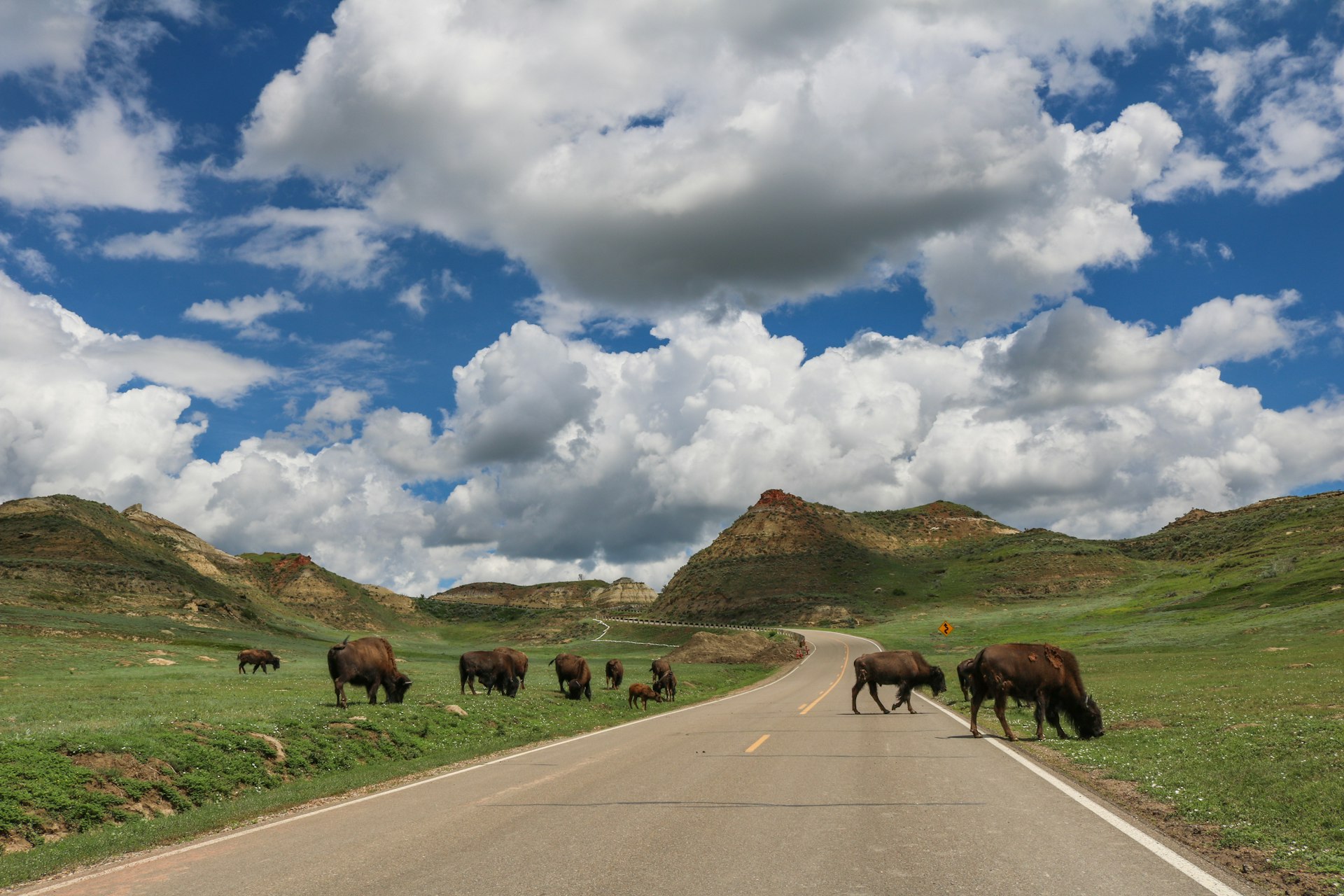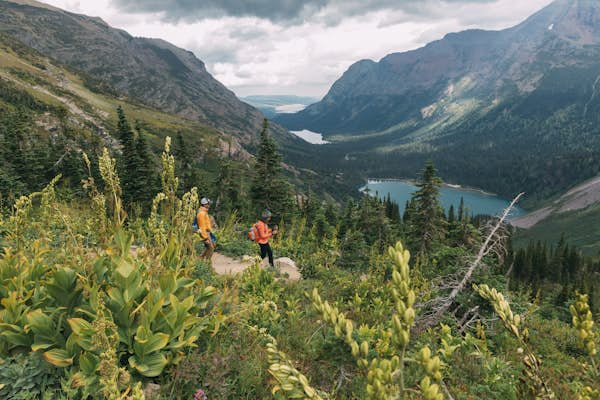As social media continues to draw more visitors to US national parks, the pressure on these pristine environments is intensifying, setting all-time records and crowded conditions that push people deeper into wilderness areas.
In response, the “Leave No Trace” (LNT) philosophy, crafted by the US Forest Service and the National Outdoor Leadership School (NOLS), provides essential guidance to minimize environmental impact. This framework, which now includes responsible social media use guidelines, helps individuals make informed decisions throughout their nature journeys—from planning and hiking to camping and wildlife interactions.
Here’s how you can apply the Leave No Trace principles to your next outdoor adventure.
1. Plan ahead and prepare
Conscientious planning and preparation can reduce visitors’ impact on the environment. Researching approved and low-impact campsites and trails will set you on a minimal-touch path from day one. Prepping for food and cooking needs (bringing proper camp stoves and minimally-packaged food products) will reduce waste and the need for gathering firewood. And planning a safe trip itinerary within your group’s capabilities and being well-prepared for weather conditions will reduce the need for a resource-heavy rescue should things turn sour.
The top 10 most visited national parks in the US
2. Travel and camp on durable surfaces
While the saying goes “Take only pictures, leave only footprints,” it’s actually a better principle to also avoid the footprints. Hiking on wet, muddy trails leads to erosion, damage to potentially important flora and compounds the difficulty for future hikers, bikers and horseback riders dealing with deeply rutted pathways. Instead, try to stick to gravel or rocky paths that can handle the impact, and try to avoid traveling on wet days on popular trails. Bushwhacking off trail can also lead to environmental damage through sensitive areas. Similarly, camping in approved, well-managed campsites will reduce environmental impact.
15 unforgettable experiences in US national parks

3. Dispose of waste properly
“Pack it in, pack it out,” is a good guiding principal for reducing waste in the wilderness – dispose of it back home. While you usually don’t need to pack out solid human waste, bring tools (and study the guidelines) for burying it properly, maintaining appropriate distance from camping areas, trails, freshwater and wildlife paths. Bring a biodegradable dish and body soap and use sparingly. Likewise, reef-safe sunscreen should be used to minimize the impact of damaging runoff from your skin. And if you do find other peoples’ litter on the trails, it’s a nice gesture to pack it out as well, if you have the space.
7 best US national parks to visit with kids
4. Leave what you find
Visitors should leave natural items as they are, where they are. While it’s tempting to gather leaves, rocks and seashells, especially in areas where they’re plentiful, realize that the cumulative impact of many visitors doing so can be harmful to the environment and reduces that untouched natural feeling to a remote area. And please don’t stack rocks to make the cutsie rocks cairn towers. In addition to ruining the sense of untouched wilderness for future visitors, creating erosion and damaging stone moss, it’s offensive for tourists to do so in many areas where Indigenous peoples attach cultural significance to their own creations.
I’m a Yellowstone guide — here’s what you need to know if you plan on visiting in 2022
5. Minimize campfire impacts
While giant bonfires look pretty cool, flying sparks and ash can cause devastating wildfires. This is true even for smaller fires, so whenever possible use existing metal firepits, stone fire circles, or create a firebreak of your own to minimize the impact. Be sure to conscientiously follow local rules and guidelines prohibiting wood gathering and open fires, particularly in high fire season (which seems to be year-round these days). Ensure even the smallest campfire has been thoroughly doused with water after use, stirring the coals for resoaking if necessary.
North America’s best national park day hikes

6. Respect wildlife
Keeping your distance from wildlife is safer for you and for them. Creeping up to take wildlife photos can damage nesting areas and cause stress for local fauna. Stay patient and let the creatures follow their own course, use a telephoto lens and pause to let that family of ducks waddle across the trail. Securing food against animal intrusion (in bear boxes or portable bear-proof containers) helps prevent dangerous people-animal conflicts, and reduces the tendency of wild animals getting acclimated to human-borne treats.
Five US state parks that are just as incredible as the national parks
7. Be considerate of others
Reducing your impact on other visitors is a good guiding principle for exploring the wilderness. Many people visit nature to discover quiet, isolated retreats – so turn down (or turn off) your music, leave the late-night parties for city life and give other people space when choosing a campsite. When coming across people on trails, announce your presence politely, and be willing to give way, considering the safety and ability of others. In many popular areas, hikers, bikers and horseback riders share the same trails, so be considerate of other groups’ requirements, limitations and interests when interacting on shared paths.
Don’t overlook these magnificent outdoor destinations in the US Southwest

8. Post social media responsibly (*unofficial added principal)
While it’s tempting to post on Instagram your discovery of a pristine field of wildflowers, this can lead to stampedes of copycat posters stomping through the same area. Geotagging a remote or experts-only campground, trail or mountain peak can encourage people to visit it who are ill-equipped to handle the conditions. The Leave No Trace principle for social media doesn’t mean you have to forgo it entirely, but rather that you should consider the impact your posting may cause, and that you should post explanatory and cautionary captions. In many cases choosing a more general geotag like “Yosemite” or “The Rockies,” will prevent over-visitation to a remote or environmentally sensitive destination.

